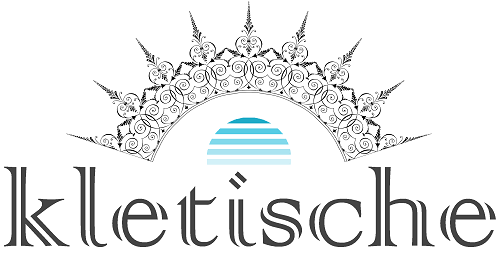Why Tutoring / Training Is an Easy Way to Grow Authority
Tutoring is not just a way to share knowledge and help others learn. It is also a powerful tool to establish oneself as an authority in a field or a subject. Authority tutors are respected, trusted and sought-after by students, peers and employers. But how does one become an authority tutor?
What are the skills and strategies that can help tutors build their authority and credibility? This article will explore these questions and provide some practical tips for authority building through tutoring. Whether you are a new or experienced tutor, you will find valuable insights and advice on how to enhance your tutoring skills for authority and stand out from the crowd.
